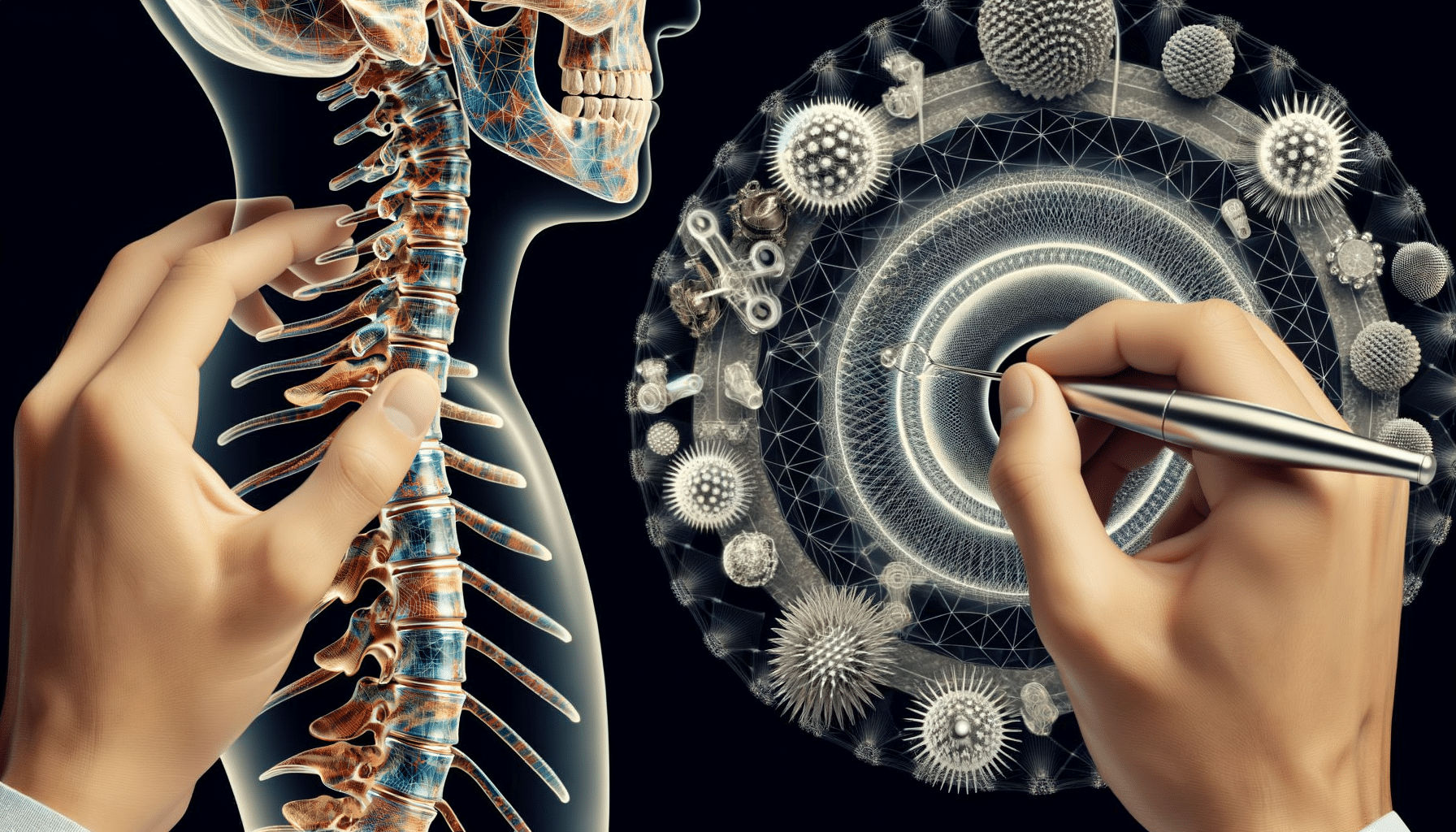Back Pain? Why Posture and Massage Matter More Than You Think
Exploring the multifaceted approaches to managing back pain effectively.

Understanding the Causes of Back Pain
Back pain is a common ailment affecting millions of individuals worldwide. It can stem from various causes, making it crucial to understand the underlying issues to address it effectively. Common causes include muscle or ligament strain, arthritis, osteoporosis, and herniated discs. Poor posture, especially in individuals who spend long hours sitting at desks, is another significant contributor to back pain. Additionally, lifestyle factors such as lack of exercise, obesity, and even stress can exacerbate back pain.
Identifying the specific cause of back pain is essential for effective treatment. For instance, muscle strain might require rest and physical therapy, while a herniated disc could necessitate more intensive interventions. Understanding these distinctions helps tailor treatment plans to individual needs, ensuring more effective outcomes. A comprehensive approach often includes a combination of medical evaluation, lifestyle adjustments, and physical therapy.
Furthermore, recognizing the role of psychological factors in back pain is gaining attention. Stress and anxiety can lead to muscle tension and exacerbate pain. Cognitive-behavioral therapy and mindfulness practices are increasingly being integrated into treatment plans to address these aspects, highlighting the need for a holistic approach to back pain management.
The Role of Posture in Back Pain Management
Posture plays a pivotal role in the development and management of back pain. Poor posture, whether sitting, standing, or sleeping, can lead to undue stress on the spine and surrounding muscles. Over time, this stress can result in chronic pain and discomfort. Ergonomics, the science of designing a workspace that promotes good posture, is essential for those who spend long hours at a desk.
Implementing ergonomic principles can significantly reduce the risk of developing back pain. This includes adjusting chair height, using a footrest, and ensuring that computer screens are at eye level. Regular breaks to stand and stretch are also crucial in mitigating the effects of prolonged sitting. Additionally, exercises that strengthen core muscles can support better posture and alleviate back pain.
Moreover, awareness and mindfulness of one’s posture throughout the day can lead to significant improvements. Simple practices, such as sitting up straight, keeping shoulders relaxed, and avoiding slouching, can make a substantial difference. By incorporating these habits into daily routines, individuals can proactively manage and reduce back pain.
Physical Therapy and Exercise: Key Components
Physical therapy and exercise are cornerstone components in the treatment of back pain. These approaches aim to strengthen the muscles supporting the spine, improve flexibility, and enhance overall body mechanics. Physical therapists tailor programs to individual needs, focusing on exercises that target specific areas of weakness or imbalance.
Exercises often include stretching routines to improve flexibility and strength training to build core stability. Activities like swimming, walking, and yoga are highly recommended for their low impact on the joints while providing excellent benefits for the back. Consistent exercise not only alleviates pain but also prevents future episodes by maintaining a healthy spine.
In addition to guided physical therapy sessions, incorporating daily exercise routines can enhance recovery and improve long-term outcomes. This proactive approach empowers individuals to take control of their health and well-being, fostering a sense of confidence and resilience in managing back pain.
The Impact of Massage Therapy
Massage therapy is increasingly recognized for its beneficial role in managing back pain. It offers relief by reducing muscle tension, improving circulation, and promoting relaxation. Different types of massage, such as deep tissue, Swedish, and trigger point therapy, can be tailored to address specific pain points and conditions.
Regular massage sessions can help alleviate chronic pain by addressing muscle knots and tension that contribute to discomfort. The relaxation induced by massage therapy also aids in reducing stress, which is a known exacerbator of back pain. By integrating massage into a comprehensive treatment plan, individuals can experience enhanced pain relief and improved quality of life.
Moreover, massage therapy can complement other treatments such as physical therapy and exercise. It provides a holistic approach that addresses both the physical and psychological aspects of pain, making it a valuable component of any back pain management strategy.
Lifestyle Changes and Back Pain Prevention
Preventing back pain often requires making thoughtful lifestyle changes. These changes focus on maintaining a healthy weight, engaging in regular physical activity, and ensuring proper nutrition to support bone and muscle health. Avoiding smoking and excessive alcohol consumption is also crucial, as these habits can negatively impact spinal health.
Creating a supportive sleep environment is another important aspect of prevention. Choosing a mattress that provides adequate support and maintaining a comfortable sleeping position can prevent strain on the back. Additionally, being mindful of daily activities that involve lifting, bending, or twisting can prevent unnecessary stress on the spine.
Adopting these lifestyle changes not only aids in preventing back pain but also contributes to overall health and well-being. By taking proactive steps, individuals can reduce their risk of developing back pain and enjoy a more active, pain-free life.